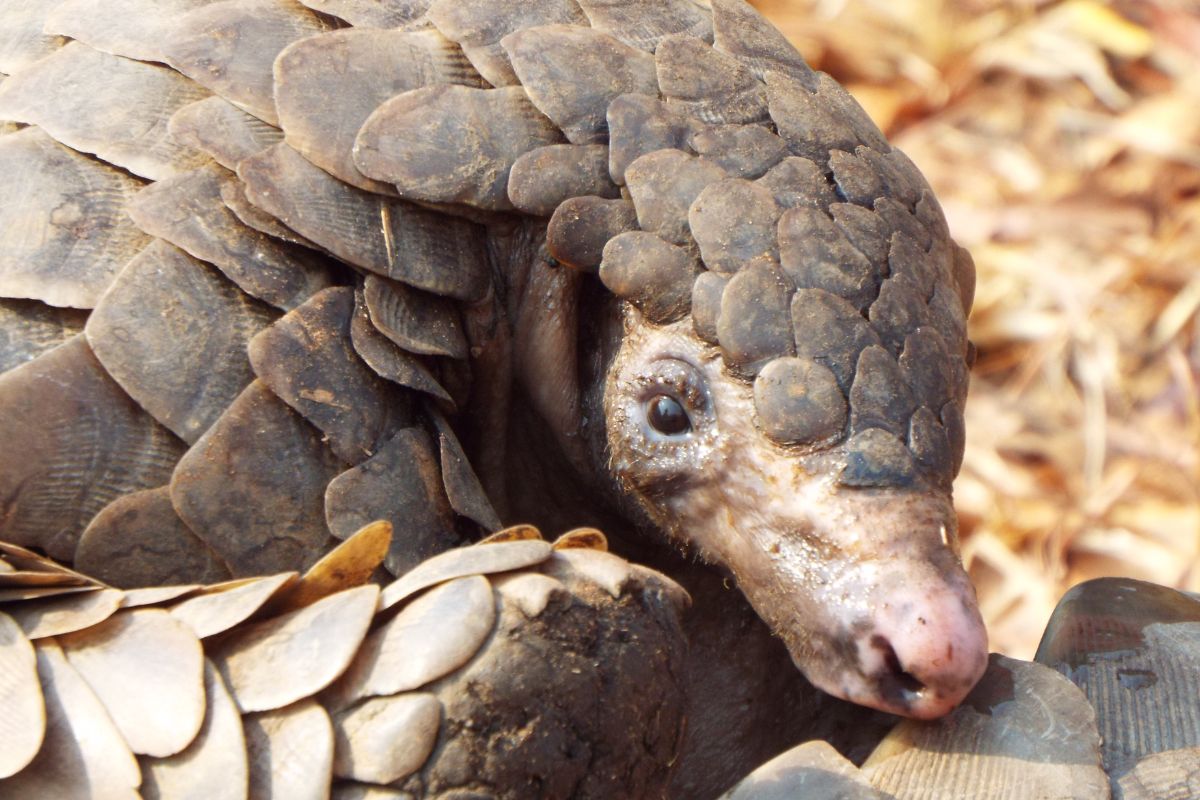WCP Zambia
Pangolin Rehabilitation and Release
Pangolins are the most trafficked mammals in the world, driven by the demand for their scales and meat in illegal markets.
Pangolin Protection and Rehabilitation
Pangolins are the most trafficked mammals in the world, driven by the demand for their scales and meat in illegal markets. Zambia is home to two species—the Temminck’s Ground Pangolin and the White-bellied Tree Pangolin—both of which are heavily targeted by wildlife traffickers. In response, Wildlife Crime Prevention (WCP) works closely with the Department of National Parks and Wildlife (DNPW) to combat the illegal pangolin trade by assisting in the seizure and rescue of these animals across the country.
Unlike many other trafficked species, pangolins hold greater value for end consumers when alive rather than dead. This means that many are intercepted and recovered while still alive, offering a chance for rehabilitation and eventual release. However, pangolins that have spent time in the hands of traffickers often suffer from severe stress, malnutrition, dehydration, and injuries. These sensitive creatures require expert care before they can return to the wild.
Pangolin Rehabilitation at WCP
Recognising the urgent need for specialised care, WCP, in partnership with DNPW, established a pangolin rehabilitation centre to provide medical treatment, nutritional support, and species-specific care. The centre is designed to give rescued pangolins the best possible chance of recovery, ensuring they regain the strength and health necessary for survival in the wild.
At the centre, each pangolin undergoes a thorough health assessment to determine its condition and required care. Rehabilitation includes careful feeding, wound treatment, and close monitoring to help the animal regain its natural behaviours. Since pangolins are nocturnal and highly solitary, rehabilitation efforts also take into account their unique environmental and behavioural needs.
Returning to the Wild
The ultimate goal of WCP’s pangolin rehabilitation efforts is to return each rescued individual to its natural habitat as soon as it is fit for release. A pangolin is only released into the wild once it meets the following key recovery criteria:
- Healing from wounds and illnesses – Any injuries sustained during captivity must be fully treated to ensure survival in the wild.
- Healthy body weight – The pangolin must regain sufficient weight and strength to sustain itself independently.
- Stable condition and posture – It must exhibit natural behaviours, including foraging and movement, ensuring it can thrive post-release.
Whenever possible, pangolins are returned to the exact location from which they were taken. If this location is unknown or poses a continued threat, conservation experts select a safe and suitable habitat within their natural range.
Securing the Future of Pangolins
The fight against pangolin trafficking is far from over, but through our rescue, rehabilitation, and release efforts, WCP is playing a crucial role in giving these remarkable animals a second chance. By working alongside law enforcement and conservation partners, we continue to protect Zambia’s pangolins, ensuring their survival for future generations.

